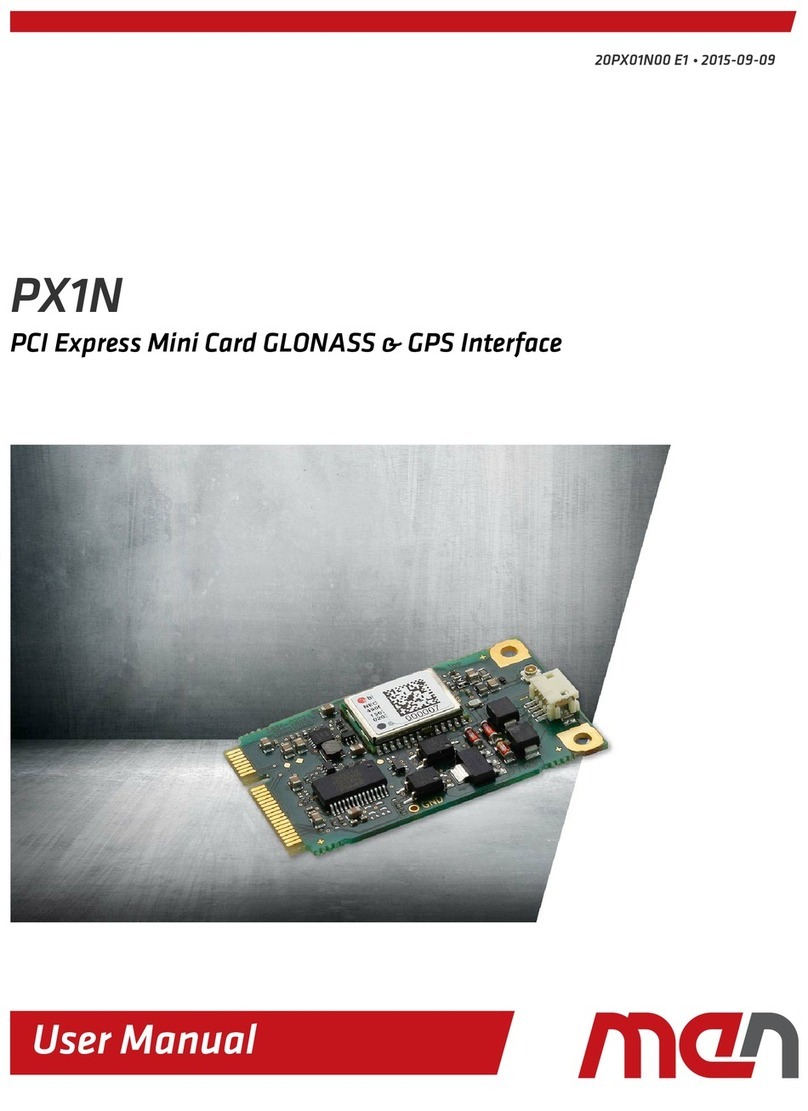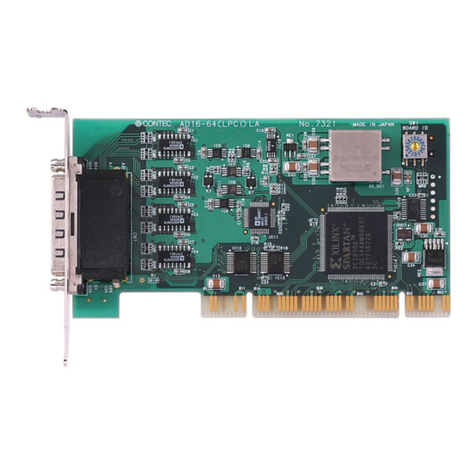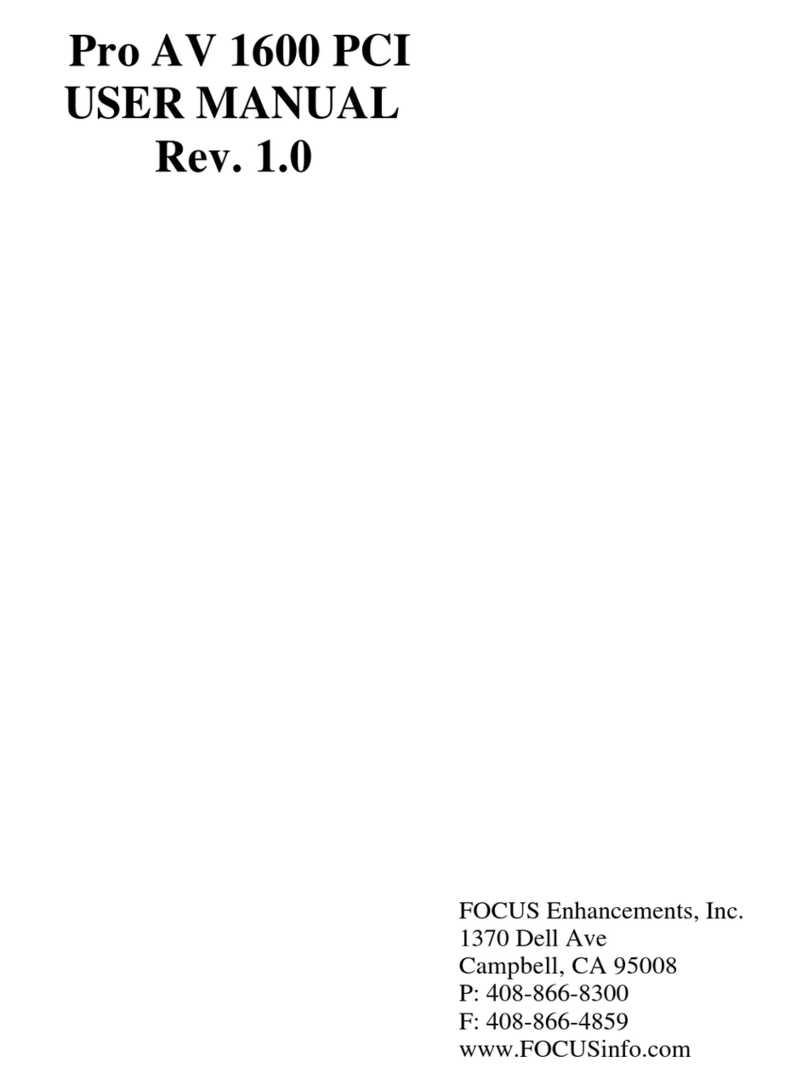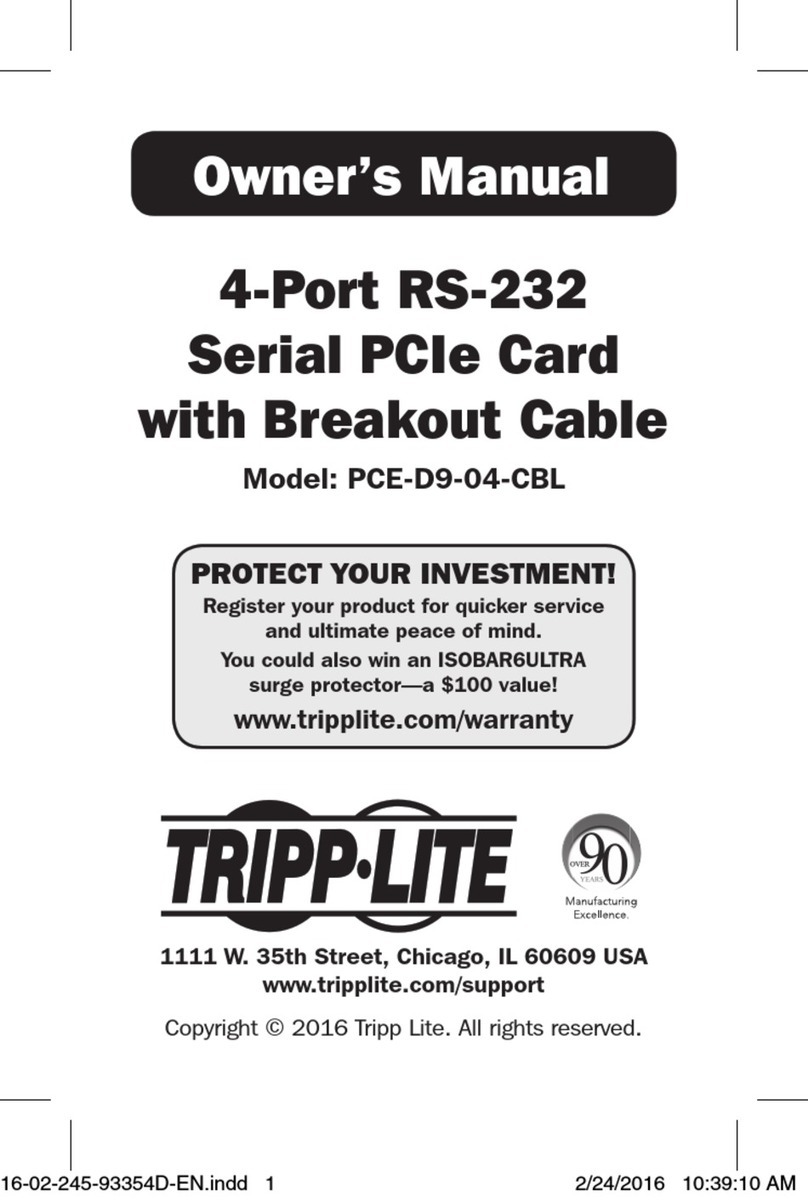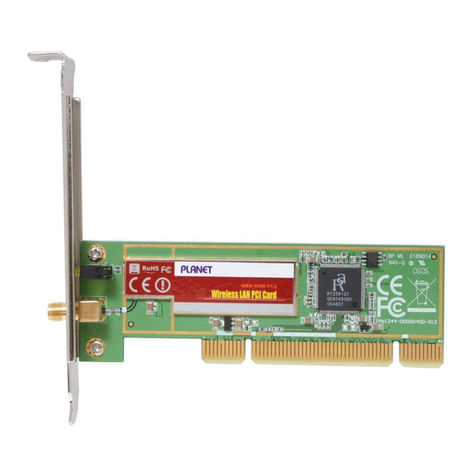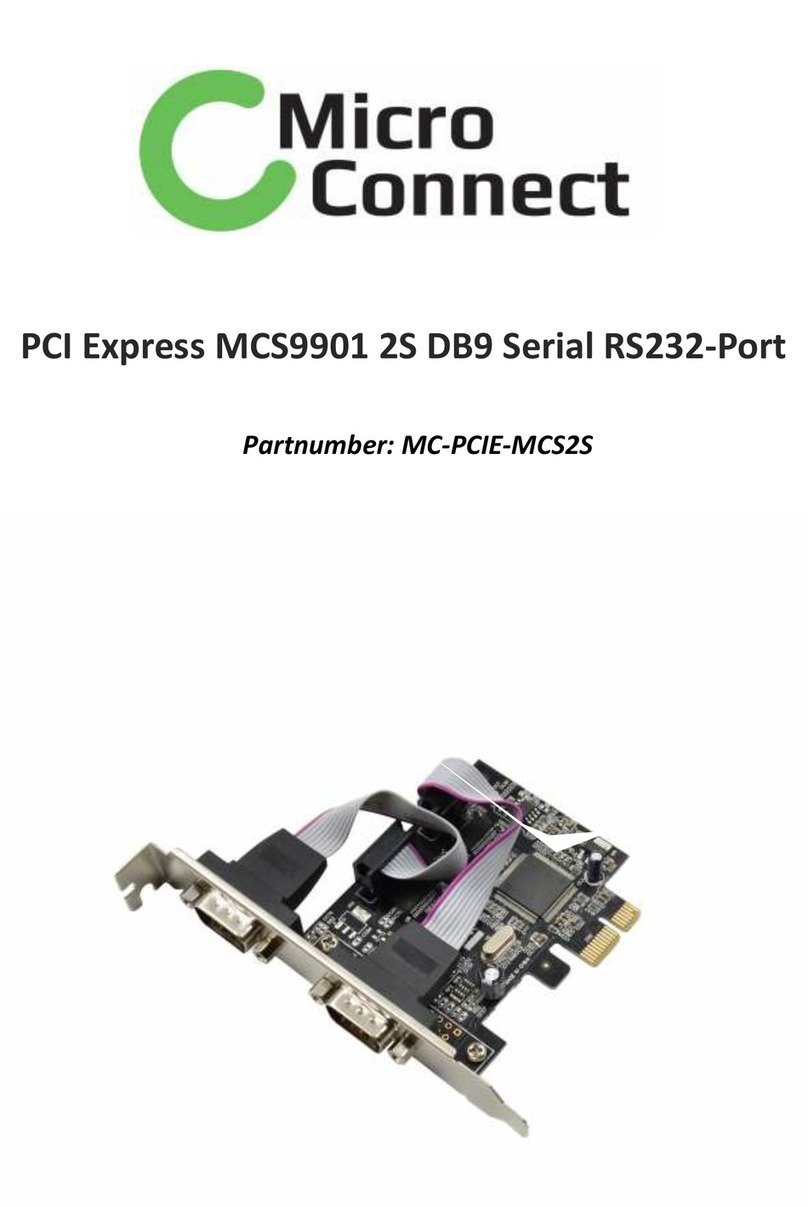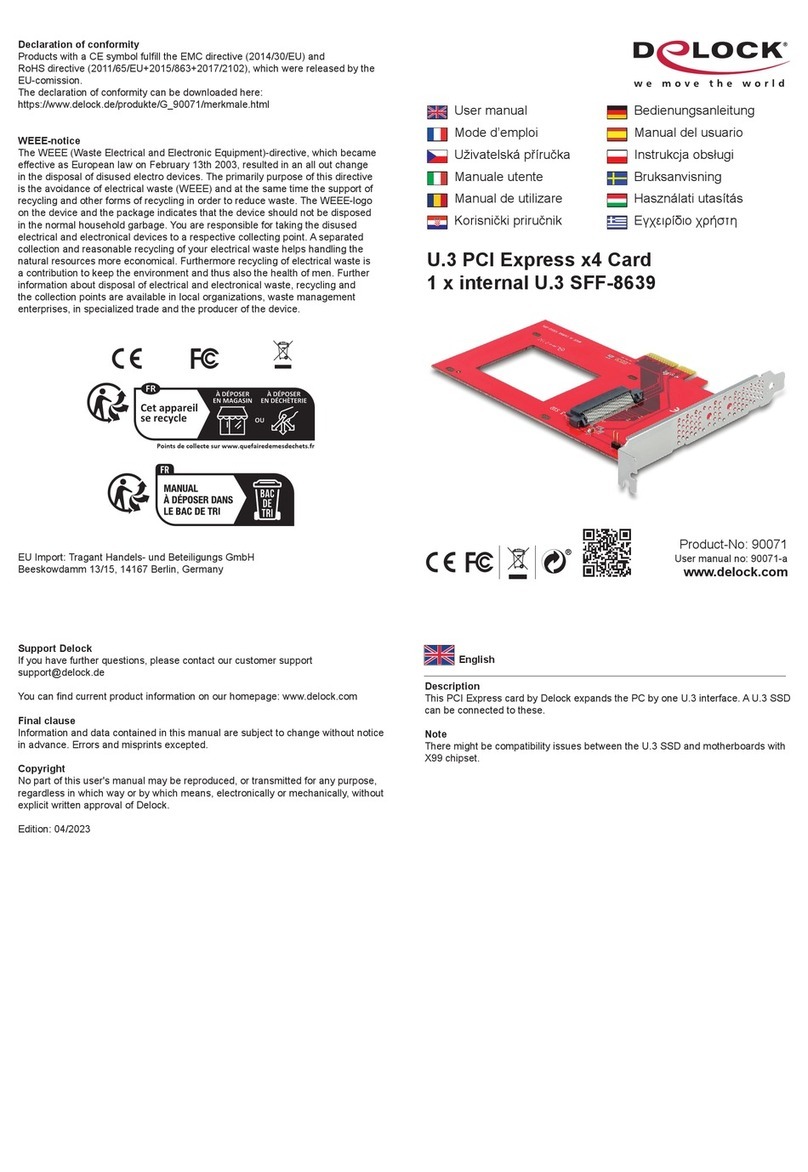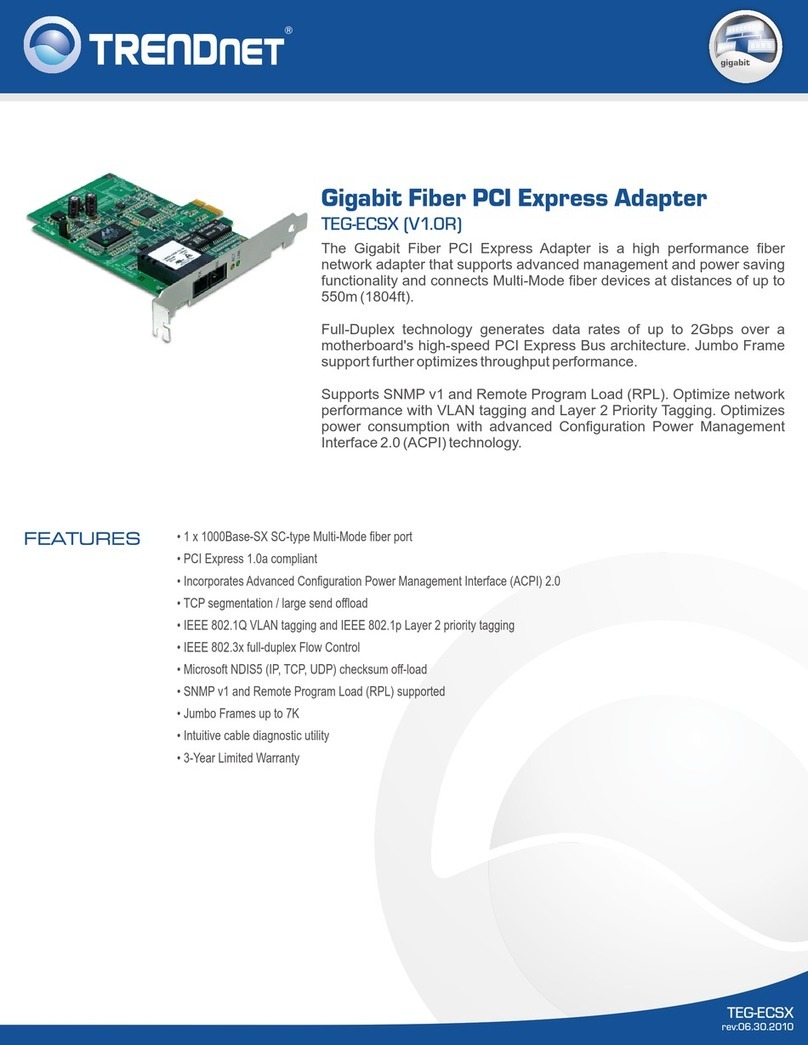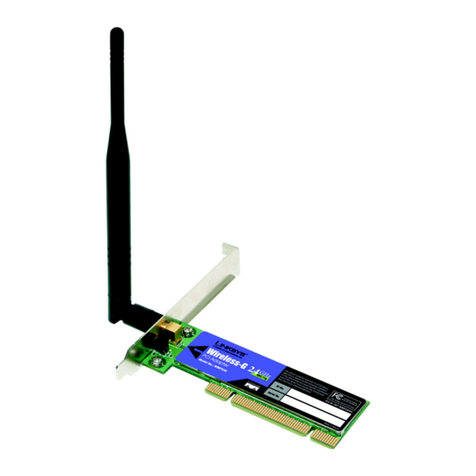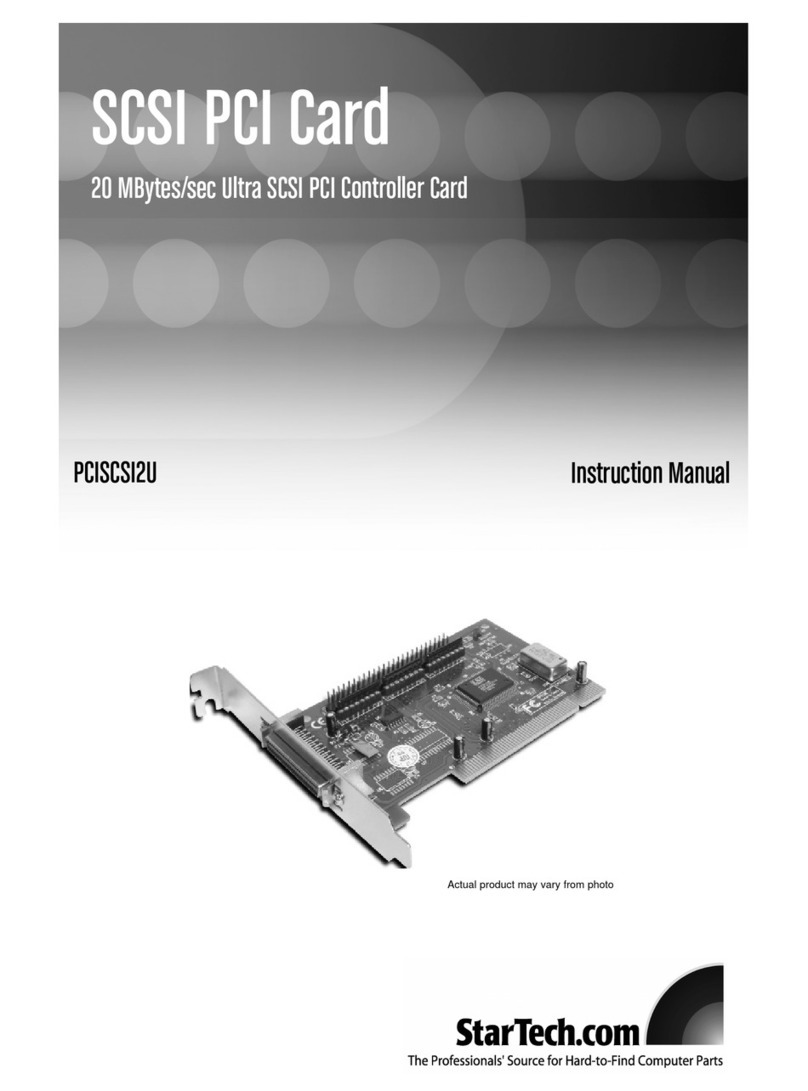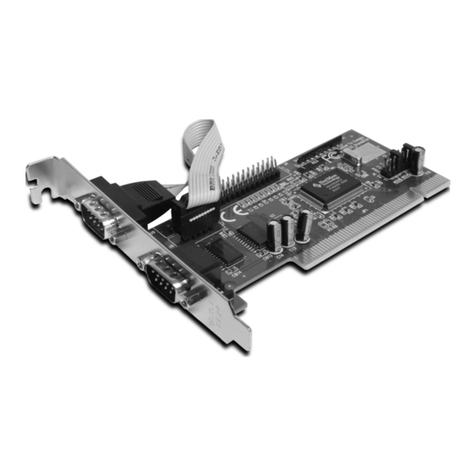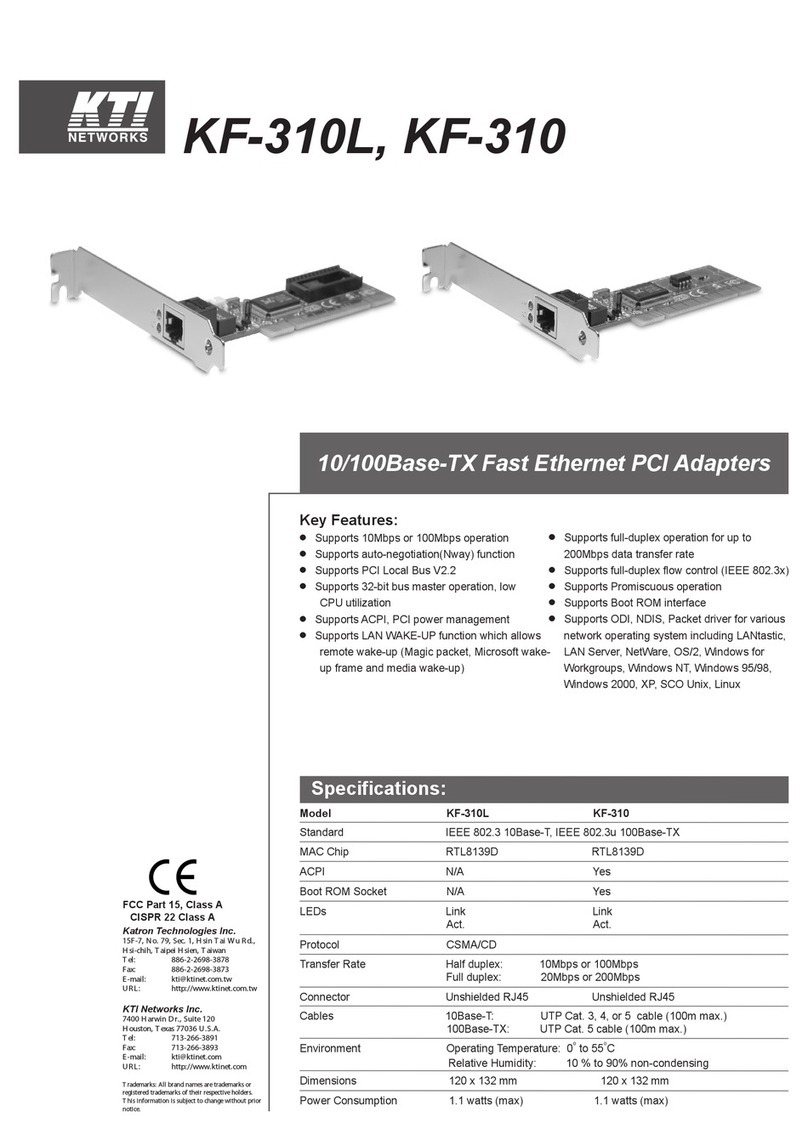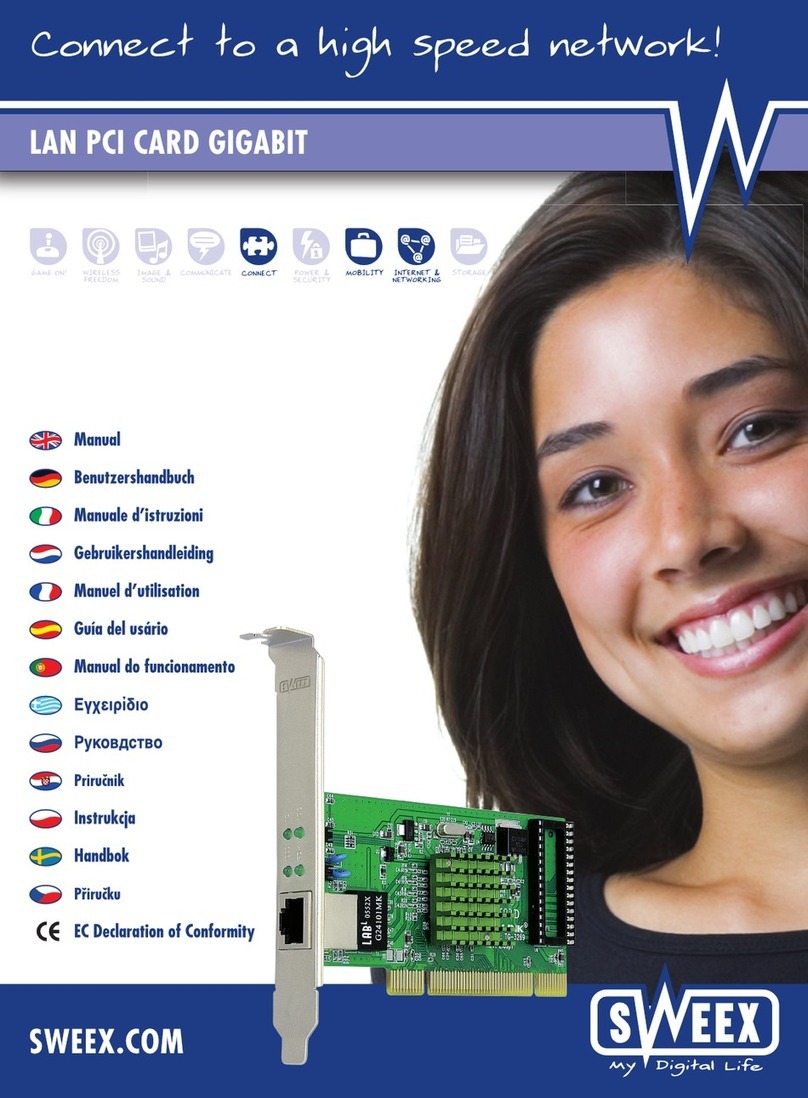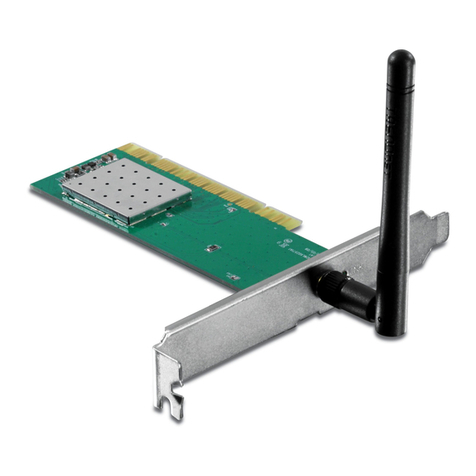MEN F405 User manual

User Manual
F405
Railway I/O Card – Data Acquisition & Control
3U CompactPCI
2019-04-2620F405-00 E2

20F405-00 E2 2019-04-26 Page 2
Contents
Contents
Contents. . . . . . . . . . . . . . . . . . . . . . . . . . . . . . . . . . . . . . . . . . . . . . . . . . . . . . . . . . 2
About this Document . . . . . . . . . . . . . . . . . . . . . . . . . . . . . . . . . . . . . . . . . . . . . . 4
Product Safety . . . . . . . . . . . . . . . . . . . . . . . . . . . . . . . . . . . . . . . . . . . . . . . . . . . . 6
Product Compliance . . . . . . . . . . . . . . . . . . . . . . . . . . . . . . . . . . . . . . . . . . . . . . . 7
Disclaimer . . . . . . . . . . . . . . . . . . . . . . . . . . . . . . . . . . . . . . . . . . . . . . . . . . . . . . . . 8
Contacts . . . . . . . . . . . . . . . . . . . . . . . . . . . . . . . . . . . . . . . . . . . . . . . . . . . . . . . . . . 9
1 Product Overview . . . . . . . . . . . . . . . . . . . . . . . . . . . . . . . . . . . . . . . . . . . . . . 10
1.1 Product Description . . . . . . . . . . . . . . . . . . . . . . . . . . . . . . . . . . . . . . . . . . . . . . .10
1.2 External Interfaces . . . . . . . . . . . . . . . . . . . . . . . . . . . . . . . . . . . . . . . . . . . . . . . .11
1.3 Board Layout . . . . . . . . . . . . . . . . . . . . . . . . . . . . . . . . . . . . . . . . . . . . . . . . . . . . .12
1.4 Block Diagram . . . . . . . . . . . . . . . . . . . . . . . . . . . . . . . . . . . . . . . . . . . . . . . . . . . . 13
1.5 Technical Data . . . . . . . . . . . . . . . . . . . . . . . . . . . . . . . . . . . . . . . . . . . . . . . . . . . .14
1.6 Product Identification. . . . . . . . . . . . . . . . . . . . . . . . . . . . . . . . . . . . . . . . . . . . . .17
2 Getting Started . . . . . . . . . . . . . . . . . . . . . . . . . . . . . . . . . . . . . . . . . . . . . . . . 18
2.1 Configuring the Hardware. . . . . . . . . . . . . . . . . . . . . . . . . . . . . . . . . . . . . . . . . .18
2.1.1 Coding the Front Connector. . . . . . . . . . . . . . . . . . . . . . . . . . . . . . . .18
2.2 Connecting and Starting . . . . . . . . . . . . . . . . . . . . . . . . . . . . . . . . . . . . . . . . . . .18
2.3 Installing Driver Software . . . . . . . . . . . . . . . . . . . . . . . . . . . . . . . . . . . . . . . . . . 18
2.3.1 MDIS System Package . . . . . . . . . . . . . . . . . . . . . . . . . . . . . . . . . . . . . 18
2.4 Using the F405 under Linux . . . . . . . . . . . . . . . . . . . . . . . . . . . . . . . . . . . . . . . .19
2.4.1 MDIS Driver Configuration . . . . . . . . . . . . . . . . . . . . . . . . . . . . . . . . .19
2.4.2 MDIS Example Programs and Tools . . . . . . . . . . . . . . . . . . . . . . . . .20
2.4.3 FPGA Utility Usage . . . . . . . . . . . . . . . . . . . . . . . . . . . . . . . . . . . . . . . .21
3 Functional Description. . . . . . . . . . . . . . . . . . . . . . . . . . . . . . . . . . . . . . . . . . 22
3.1 Power Supply. . . . . . . . . . . . . . . . . . . . . . . . . . . . . . . . . . . . . . . . . . . . . . . . . . . . .22
3.2 Supervision and Management . . . . . . . . . . . . . . . . . . . . . . . . . . . . . . . . . . . . . .22
3.2.1 Watchdog . . . . . . . . . . . . . . . . . . . . . . . . . . . . . . . . . . . . . . . . . . . . . . . 22
3.3 Status LEDs . . . . . . . . . . . . . . . . . . . . . . . . . . . . . . . . . . . . . . . . . . . . . . . . . . . . . .23
3.4 Front Connector . . . . . . . . . . . . . . . . . . . . . . . . . . . . . . . . . . . . . . . . . . . . . . . . . .24
3.5 Isolation Voltages . . . . . . . . . . . . . . . . . . . . . . . . . . . . . . . . . . . . . . . . . . . . . . . . .25
3.6 Digital Inputs . . . . . . . . . . . . . . . . . . . . . . . . . . . . . . . . . . . . . . . . . . . . . . . . . . . . .25
3.6.1 Operating Principle . . . . . . . . . . . . . . . . . . . . . . . . . . . . . . . . . . . . . . .25
3.6.2 Current Sink . . . . . . . . . . . . . . . . . . . . . . . . . . . . . . . . . . . . . . . . . . . . . 26
3.6.3 Software Support . . . . . . . . . . . . . . . . . . . . . . . . . . . . . . . . . . . . . . . . .26
3.7 Digital Outputs . . . . . . . . . . . . . . . . . . . . . . . . . . . . . . . . . . . . . . . . . . . . . . . . . . .26
3.7.1 Operating Principle . . . . . . . . . . . . . . . . . . . . . . . . . . . . . . . . . . . . . . .27
3.7.2 Temperature Derating. . . . . . . . . . . . . . . . . . . . . . . . . . . . . . . . . . . . .28
3.7.3 Protection Functions . . . . . . . . . . . . . . . . . . . . . . . . . . . . . . . . . . . . . .28
3.7.4 Software Support . . . . . . . . . . . . . . . . . . . . . . . . . . . . . . . . . . . . . . . . .28
3.8 Analog Outputs . . . . . . . . . . . . . . . . . . . . . . . . . . . . . . . . . . . . . . . . . . . . . . . . . . .29
3.8.1 Operating Principle . . . . . . . . . . . . . . . . . . . . . . . . . . . . . . . . . . . . . . .29
3.8.2 Software Support . . . . . . . . . . . . . . . . . . . . . . . . . . . . . . . . . . . . . . . . .29
3.9 PWM Outputs . . . . . . . . . . . . . . . . . . . . . . . . . . . . . . . . . . . . . . . . . . . . . . . . . . . .30
3.9.1 Operating Principle . . . . . . . . . . . . . . . . . . . . . . . . . . . . . . . . . . . . . . .30

20F405-00 E2 2019-04-26 Page 3
Contents
3.9.2 Software Support . . . . . . . . . . . . . . . . . . . . . . . . . . . . . . . . . . . . . . . . .31
3.10 Pulse Counter Inputs . . . . . . . . . . . . . . . . . . . . . . . . . . . . . . . . . . . . . . . . . . . . . .31
3.10.1 Operating Principle . . . . . . . . . . . . . . . . . . . . . . . . . . . . . . . . . . . . . . .31
3.10.2 Input Signals . . . . . . . . . . . . . . . . . . . . . . . . . . . . . . . . . . . . . . . . . . . . .32
3.10.3 Frequency Measurement . . . . . . . . . . . . . . . . . . . . . . . . . . . . . . . . . .33
3.10.4 Rolling Detection and Standstill Detection . . . . . . . . . . . . . . . . . . . .33
3.10.5 Direction Detection . . . . . . . . . . . . . . . . . . . . . . . . . . . . . . . . . . . . . . .33
3.10.6 Distance Measurement . . . . . . . . . . . . . . . . . . . . . . . . . . . . . . . . . . . .34
3.10.7 Software Support . . . . . . . . . . . . . . . . . . . . . . . . . . . . . . . . . . . . . . . . .34
3.11 CompactPCI . . . . . . . . . . . . . . . . . . . . . . . . . . . . . . . . . . . . . . . . . . . . . . . . . . . . . .34
4 Hardware/Software Interface . . . . . . . . . . . . . . . . . . . . . . . . . . . . . . . . . . . 35
4.1 PCI Identification. . . . . . . . . . . . . . . . . . . . . . . . . . . . . . . . . . . . . . . . . . . . . . . . . .35
4.2 FPGA IP Core Implementation . . . . . . . . . . . . . . . . . . . . . . . . . . . . . . . . . . . . . .35
Figures
Figure 1. Front interfaces . . . . . . . . . . . . . . . . . . . . . . . . . . . . . . . . . . . . . . . . . . . . . . . . . . .11
Figure 2. Board layout – top view . . . . . . . . . . . . . . . . . . . . . . . . . . . . . . . . . . . . . . . . . . . .12
Figure 3. Block diagram. . . . . . . . . . . . . . . . . . . . . . . . . . . . . . . . . . . . . . . . . . . . . . . . . . . . .13
Figure 4. Product label. . . . . . . . . . . . . . . . . . . . . . . . . . . . . . . . . . . . . . . . . . . . . . . . . . . . . .17
Figure 5. MDIS wizard configuration for F23P CPU with one F405 (example) . . . . . . . . 20
Figure 6. Digital output – operating principle. . . . . . . . . . . . . . . . . . . . . . . . . . . . . . . . . . .27
Figure 7. Digital output – temperature derating . . . . . . . . . . . . . . . . . . . . . . . . . . . . . . . .28
Figure 8. PWM output – pulse length and cycle length. . . . . . . . . . . . . . . . . . . . . . . . . . .30
Figure 9. Pulse counter input – speed sensor functions . . . . . . . . . . . . . . . . . . . . . . . . .32
Figure 10. Pulse counter input – sensor connected to PC_IN_V+ . . . . . . . . . . . . . . . . . . .32
Figure 11. Pulse counter input – sensor connected to PC_IN . . . . . . . . . . . . . . . . . . . . . .33
Tables
Table 1. MDIS drivers . . . . . . . . . . . . . . . . . . . . . . . . . . . . . . . . . . . . . . . . . . . . . . . . . . . . . .19
Table 2. IP core information for the MDIS wizard configuration . . . . . . . . . . . . . . . . . . 20
Table 3. Status LEDs at front panel . . . . . . . . . . . . . . . . . . . . . . . . . . . . . . . . . . . . . . . . . .23
Table 4. Pin assignment – front connector . . . . . . . . . . . . . . . . . . . . . . . . . . . . . . . . . . . . 24
Table 5. Signal mnemonics – front connector . . . . . . . . . . . . . . . . . . . . . . . . . . . . . . . . .24
Table 6. Isolation voltages between isolated groups. . . . . . . . . . . . . . . . . . . . . . . . . . . .25
Table 7. Chameleon table . . . . . . . . . . . . . . . . . . . . . . . . . . . . . . . . . . . . . . . . . . . . . . . . . .35

20F405-00 E2 2019-04-26 Page 4
About this Document
About this Document
This document is intended only for system developers and integrators.
It describes the design, functions and connection of the product. The manual does not
include detailed information on individual components (data sheets etc.).
History
F405 product page with up-to-date information and downloads:
www.men.de/products/f405/
Issue Comments Date
E1 First issue 2017-04-21
E2 Reworked Chapter 2.4.
Updated Chapter 3.7.1.
Updated Chapter 3.7.2.
2019-04-26

20F405-00 E2 2019-04-26 Page 5
About this Document
Conventions
Indicates important information or warnings concerning situations which
could result in personal injury, or damage or destruction of the
component.
Indicates important information concerning electrostatic discharge which
could result in damage or destruction of the component.
Indicates important information or warnings concerning proper
functionality of the product described in this document.
The globe icon indicates a hyperlink that links directly to the Internet.
When no globe icon is present, the hyperlink links to specific information
within this document.
Italics Folder, file and function names are printed in italics.
Comment Comments embedded into coding examples are shown in green text.
IRQ#
/IRQ
Signal names followed by a hashtag "#" or preceded by a forward slash "/"
indicate that this signal is either active low or that it becomes active at a
falling edge.
In/Out Signal directions in signal mnemonics tables generally refer to the
corresponding board or component, "in" meaning "to the board or
component", "out" meaning "from the board or component".
0xFF Hexadecimal numbers are preceded by "0x".
0b1111 Binary numbers are preceded by "0b".

20F405-00 E2 2019-04-26 Page 6
Product Safety
Product Safety
Read the user manual carefully before using the product. Keep the user manual for later
reference.
Conditions for Use, Field of Application
The product is designed to function correctly in the market, application area and
environmental conditions specified in the applicable standards which are listed in the
Technical Data.
Use cases in environments exceeding the specifications in the applicable standards and
the Technical Data have to be agreed upon between MEN and the customer.
Electrostatic Discharge (ESD)
Qualified Personnel
The product/system described in this documentation may be operated only by
personnel qualified for the specific task in accordance with the relevant documentation,
in particular its warning notices and safety instructions. Qualified personnel are those
who, based on their training and experience, are capable of identifying risks and
avoiding potential hazards when working with these products/systems.
Computer boards and components contain electrostatic sensitive devices.
Electrostatic discharge (ESD) can damage components. To protect the PCB
and other components against damage from static electricity, follow some
precautions whenever you work on your computer.
Power down and unplug your computer system when working on the
inside.
Hold components by the edges and try not to touch the IC chips, leads,
or circuitry.
Use a grounded wrist strap before handling computer components.
Place components on a grounded antistatic pad or on the bag that came
with the component whenever the components are separated from the
system.
Only store the product in its original ESD-protected packaging. Retain
the original packaging in case you need to return the product to MEN for
repair.

20F405-00 E2 2019-04-26 Page 7
Product Compliance
Product Compliance
MEN products are no ready-made products for end users. They are tested according to
the standards given in the Technical Data and thus enable you to achieve certification of
the product according to the standards applicable in your field of application.
If the product delivered was certified by MEN and is modified by the customer, e.g., by
installing an additional hardware component, the certification achieved by MEN
becomes invalid and has to be repeated for the new product configuration.
RoHS
MEN is committed to develop and produce environmentally compatible products
according to the Restriction of Hazardous Substances (RoHS) Directive 2011/65/EU
(formerly 2002/95/EC) of the European Union.
Since July 1, 2006 all MEN standard products comply with RoHS legislation.
REACH
MEN is a manufacturer of electronic products and thus a so-called "downstream user" in
terms of REACH. The products MEN supplies are solely non-chemical goods. Moreover
and under normal and reasonably foreseeable circumstances of application, the goods
supplied shall not release any substance.
Beyond that, according to REACH – Art.33, MEN will inform the customer immediately
should a substance contained in an MEN product (with a content of > 0.1%) be classified
alarming by the European Chemicals Agency (ECHA).
WEEE Application
Nevertheless, MEN is registered as a manufacturer in Germany. The registration number
can be provided on request.
The WEEE directive does not apply to fixed industrial plants and tools. The
compliance is the responsibility of the company which puts the product
on the market, as defined in the directive; components and sub-
assemblies are not subject to product compliance.
Since MEN does not deliver ready-made products to end users, the WEEE
directive is not applicable for MEN. Users are nevertheless recommended
to properly recycle all electronic boards which have passed their life cycle.

20F405-00 E2 2019-04-26 Page 8
Disclaimer
Disclaimer
Changes
MEN Mikro Elektronik GmbH ("MEN") reserves the right to make changes without further
notice to any products herein.
Liability
MEN makes no warranty, representation or guarantee of any kind regarding the
suitability of its products for any particular purpose, nor does MEN assume any liability
arising out of the application or use of any product or circuit, and specifically disclaims
any and all liability, including, without limitation, consequential or incidental damages.
TO THE EXTENT APPLICABLE, SPECIFICALLY EXCLUDED ARE ANY IMPLIED WARRANTIES
ARISING BY OPERATION OF LAW, CUSTOM OR USAGE, INCLUDING WITHOUT LIMITATION,
THE IMPLIED WARRANTIES OF MERCHANTABILITY AND FITNESS FOR A PARTICULAR
PURPOSE OR USE. In no event shall MEN be liable for more than the contract price for
the products in question. If buyer does not notify MEN in writing within the foregoing
warranty period, MEN shall have no liability or obligation to buyer hereunder.
Should the customer purchase or use MEN products for any unintended or
unauthorized application, the customer shall indemnify and hold MEN and its officers,
employees, subsidiaries, affiliates, and distributors harmless against all claims, costs,
damages, and expenses, and reasonable attorney fees arising out of, directly or
indirectly, any claim or personal injury or death associated with such unintended or
unauthorized use, even if such claim alleges that MEN was negligent regarding the
design or manufacture of the part. In no case is MEN liable for the correct function of the
technical installation where MEN products are a part of.
The publication is provided on the terms and understanding that:
1. MEN is not responsible for the results of any actions taken on the basis of
information in the publication, nor for any error in or omission from the publication; and
2. MEN is not engaged in rendering technical or other advice or services.
MEN expressly disclaims all and any liability and responsibility to any person, whether a
reader of the publication or not, in respect of anything, and of the consequences of
anything, done or omitted to be done by any such person in reliance, whether wholly or
partially, on the whole or any part of the contents of the publication.

20F405-00 E2 2019-04-26 Page 9
Contacts
Contacts
Copyright © 2019 MEN Mikro Elektronik GmbH. All rights reserved.
Germany
MEN Mikro Elektronik GmbH
Neuwieder Straße 1-7
90411 Nuremberg
Phone +49-911-99 33 5-0
France
MEN Mikro Elektronik SAS
18, rue René Cassin
ZA de la Châtelaine
74240 Gaillard
Phone +33-450-955-312
www.men.de
www.men-france.fr
USA
MEN Micro Inc.
860 Penllyn Blue Bell Pike
Blue Bell, PA 19422
Phone 215-542-9575
China
MEN Mikro Elektronik (Shanghai) Co., Ltd.
Room 1215, #993 West Nanjing Road
Shanghai 200041
Phone +86-21-5058-0963
www.menmicro.com
www.men-china.cn

Product Overview
20F405-00 E2 2019-04-26 Page 10
1 Product Overview
1.1 Product Description
Multiple I/O Functions and Status Indication
The F405 provides multiple I/O functions especially for Automatic Train Operation (ATO).
All digital inputs can be operated with common GND or common positive voltage in the
range of -110 V to +110 V. The pulse counter inputs can be used to connect a speed
sensor and provide frequency and distance measurement as well as direction, standstill
and rolling detection as built-in functions which are all integrated in the FPGA.
The board's high-side switching digital outputs support voltages in the range from 24 V
to 110 V. The analog outputs provide the output value as voltage or as current. With
their programmable cycle and pulse length, the PWM outputs are suitable for, e.g.,
engine power control.
The status of all inputs and outputs as well as the indication of OK and reset is shown
via LEDs on the front panel.
Compact and Cost Saving
All I/O functions are located on one board and provided via one rugged I/O connector.
This lowers the number of boards in the system, reducing system costs and minimizing
the costs for maintenance and downtime.
Proven Components, Long-Term Availability
Due to its FPGA based design and the use of proven in use IP cores and hardware
building blocks, the board provides reduced risk and effort as well as long-term
availability.
Robustness and Safety Measures
The F405 provides safe and reliable operation. In case of software failures or host
connection problems, the watchdog function sets the outputs to a default state. Reverse
polarity protection, overcurrent protection and readback function make the digital
outputs safe and robust in use.
Designed for Harsh Environments
The F405 is designed for operation in a -40°C to +85°C temperature range according to
EN 50155 class TX. The coated board withstands shock and vibration for reliable
operation and a longer product life-time.
Designed for Rail Applications
The F405 is especially designed for in-vehicle railway applications, can be used in all train
types and is compliant with EN 50155. With a guaranteed standard life-time of 10 years
from product start, F405 facilitates the client’s life-cycle management by making the
overall system available at least for this period of time.

Product Overview
20F405-00 E2 2019-04-26 Page 14
1.5 Technical Data
Digital Inputs
Eight channels
-Two isolated groups
Input voltage
--110 V to +110 V
-Logical High: -110 V to -9 V and +9 V to +110 V
-Logical Low: -5 V to +5 V
Input current
-1.5 mA to 7 mA, pulsed
Input frequency
-500 Hz max.
Digital Outputs
16 channels
-One isolated group
Output voltage
-24 V, 48 V, 72 V, 96 V, 110 V nom. (EN 50155)
-Voltage supplied from external source
Output current
-200 mA max. per channel
-2000 mA max. total
Output type
-High-side switch outputs (load to ground)
Analog Outputs
Two channels
-One isolated group
-Output value provided as voltage or current
Output voltage range
-0 V to 10 V
-Accuracy: ±0.1 V
-Voltage generated on board
Output current range
-0 mA to 24 mA
-Accuracy: ±0.24 mA
16-bit digital-to-analog converter
PWM Outputs
Two channels
-One isolated group
Output voltage
-Logical High: 5 V to 10 V
-Logical Low: 0 V to 1.5 V
-Voltage generated on board

Product Overview
20F405-00 E2 2019-04-26 Page 15
Output current
-10 mA max. per channel
PWM cycle length
-Software configurable
-2 μs to 65535 μs
PWM pulse length
-Software configurable
-0 μs to 65535 μs
Pulse Counter Inputs
Two channels
-One isolated group
-Frequency measurement: 0.1 Hz to 30 kHz
-Optocoupler input
Supported sensors
-Sensors with digital output, e.g., Deuta DF-16, quadrature encoded for direction
detection
Front Interfaces
I/O
-One 48-pin connector according to EN 60603-2, type F
Status LEDs
-OK
-Reset
-I/O channel status, one LED per channel
Supervision and Control
Watchdog timer
Backplane Standard
Compliance with CompactPCI Core Specification PICMG 2.0 R3.0
Peripheral slot
32-bit/33-MHz CompactPCI bus
V(I/O): +3.3 V
Electrical Specifications
Supply voltage
-+5 V
Power consumption
-5 W max.
Isolation voltage
-500 V AC min. (depending on isolation group)
Mechanical Specifications
Dimensions
-3U, 8 HP

Product Overview
20F405-00 E2 2019-04-26 Page 16
Weight
-358 g (with heat sink) (model 02F405-00)
Environmental Specifications
Temperature range (operation)
--40°C to +85°C (qualified components), compliant with EN 50155, class TX
(model 02F405-00, 02F405-01)
Temperature range (storage): -40°C to +85°C
Cooling concept
-Air-cooled, airflow 1.0 m/s min.
Relative humidity (operation): max. 95% non-condensing
Relative humidity (storage): max. 95% non-condensing
Altitude: -300 m to +3000 m
Shock: EN 50155 (12.2.11)
Vibration: EN 50155 (12.2.11)
Conformal coating
Reliability
MTBF: 386 438 h @ 40°C according to IEC/TR 62380 (RDF 2000) (model 02F405-01)
Safety
Electrical Safety
-EN 50155:2007
-EN 50155:2014
-EN 50124-1:2001 + A1:2003 + A2:2005
Flammability (PCBs)
-UL 94 V-0
EMC
EN 50121-3-2 (radiated emission)
EN 50121-3-2 (conducted emmision)
EN 50121-3-2 (immunity)
Software Support
Linux
See the MEN website for a detailed 3D drawing (PDF and STEP file):
www.men.de/products/f405/#doc
See the MEN website for supported operating system versions, available
software and more details on supported functions:
www.men.de/products/f405/#downl

Product Overview
20F405-00 E2 2019-04-26 Page 17
1.6 Product Identification
MEN documentation may describe several different models and design revisions of the
F405. You can find the article number and design revision affixed to the F405.
Article number: Indicates the product family and model. This is also MEN’s main
ordering number. To be complete it must have 9 characters.
Revision number: Indicates the design revision of the product.
If you need support, you should communicate these numbers to MEN.
Figure 4. Product label
$UWLFOH1R
0DGHLQ*HUPDQ\
5HY1R
)
Revisionnumber
Completearticlenumber

Getting Started
20F405-00 E2 2019-04-26 Page 18
2 Getting Started
2.1 Configuring the Hardware
Check your hardware requirements before installing the board in a system.
Modifications are difficult or impossible to do when the board is integrated in a system.
2.1.1 Coding the Front Connector
The front connector of the F405 can be coded to prevent plugging a wrong connector. If
applicable, you can code the front connector on the code comb with code pins according
to the coding of the mating connector.
2.2 Connecting and Starting
You can use the following check list when installing the board in a system for the first
time and with minimum configuration.
»Power down the system.
»Insert the F405 into a peripheral slot of your CompactPCI system, making sure that
the backplane connectors are properly aligned.
Note: The peripheral slots of every system are marked by a circle on the backplane and/
or at the front panel:
»Power-up the system.
2.3 Installing Driver Software
For a detailed description on how to install driver software, please refer to the respective
documentation of the software package to be installed.
2.3.1 MDIS System Package
The F405 is supported by the MDIS framework.
MDIS stands for MEN Driver Interface System and is a framework for device drivers for
almost any kind of I/O hardware. It greatly simplifies system configuration, also in
combination with specialized board BSPs.
See the MEN website for all available software:
www.men.de/products/f405/#downl
See the MEN website for more information on MDIS.

Getting Started
20F405-00 E2 2019-04-26 Page 19
2.4 Using the F405 under Linux
MEN provides a number of MDIS drivers for accessing F405 functions which are included
in the MDIS5 System Package for Linux (article number13MD05-90, revision 02.01 or
newer):
Table 1. MDIS drivers
2.4.1 MDIS Driver Configuration
Define the system configuration and build environment for the F405 drivers by using the
MDIS Wizard.
You can use the following checklist to define the system configuration and build
environment:
»Open the MDIS Wizard.
»Add your CPU model.
»Add for each F405 board in the system one MEZZ_CHAM model to the CompactPCI
bus and specify the respective slot number according to the hardware configura-
tion.
»Add all 16Zxxx IP cores to the MEZZ_CHAM model of the F405 board. For this, use
the next free FPGA internal slot.
»Specify the device name and chameleon instance number.
»Save the configuration.
»Install/build the MDIS drivers.
Function IP Core MDIS5 Driver
PWM Output 16Z061_PWM 13Z061-06
Digital Input / Digital Output 16Z127_GPIO 13Z017-06
Analog Output 16Z051_DAC 13Z051-06
Pulse Counter Input 16Z140_FREQ 13Z140-06
Watchdog 16Z047_WDOG 13Z047-06
See the HTML documentation included with the drivers in the MDIS5 framework for a
detailed description.
For more details, see the MEN website for the MDIS5 User Manual for
Linux.
See Table 2, IP core information for the MDIS wizard configuration.

Getting Started
20F405-00 E2 2019-04-26 Page 20
Table 2. IP core information for the MDIS wizard configuration
Note: You can also create an MDIS project automatically using the scan_system function.
Figure 5. MDIS wizard configuration for F23P CPU with one F405 (example)
2.4.2 MDIS Example Programs and Tools
After installing the driver on the target system, you can find the following resources in
the system:
Binaries of the driver example programs:
- /usr/local/bin.
Sources of the example tools:
- /opt/menlinux/DRIVERS/MDIS_LL/<driver name>/EXAMPLE/<tool name>/COM
Driver documentation of the F405 Linux image:
- /opt/menlinux/DRIVERS/MDIS_LL/<driver name>/DOC/
IP Core Model Instance Number Device Name
MEN 16Z061_PWM 0 pwm_1
MEN 16Z061_PWM 1 pwm_2
MEN 16Z127V01_GPIO 0 gpio_out
MEN 16Z127V01_GPIO 1 gpio_in
MEN 16Z051_DAC 0 dac_1
MEN 16Z047_WDOG 0 wdog_1
MEN 16Z140_FREQ 0 freq_1
The MDIS device name given each tool as parameter must be the MDIS
device name specified in the MDIS wizard (e.g., pwm_1). See Chapter
2.4.1 MDIS Driver Configuration on page 19.
Use the generic MDIS example utilities, e.g., m_open, for basic tests.
For detailed information, see the MDIS5 User Manual for Linux.
Table of contents
Other MEN PCI Card manuals



